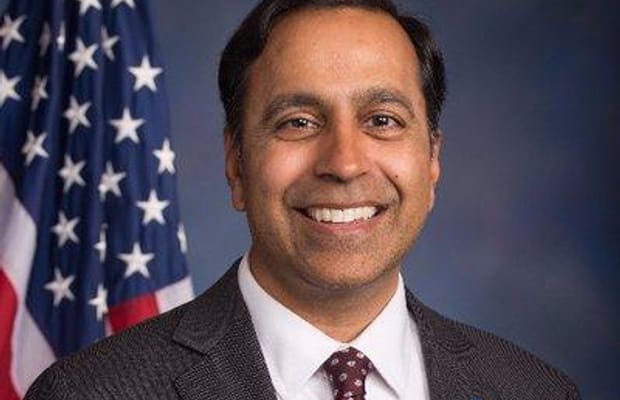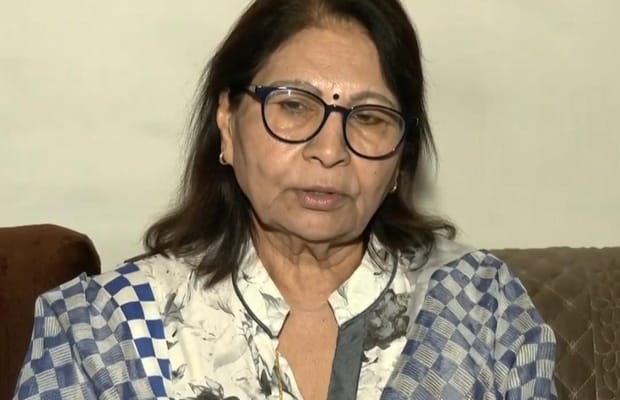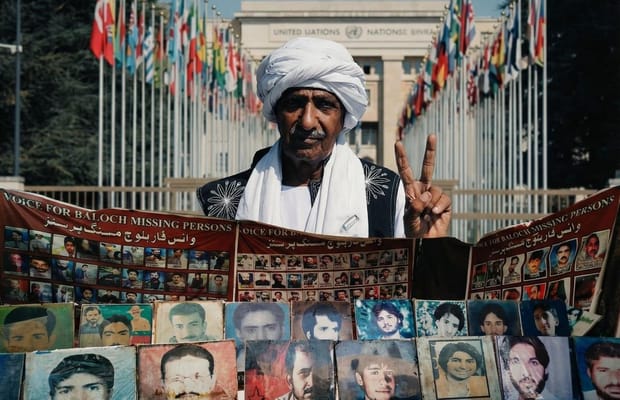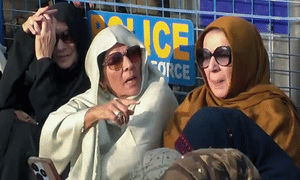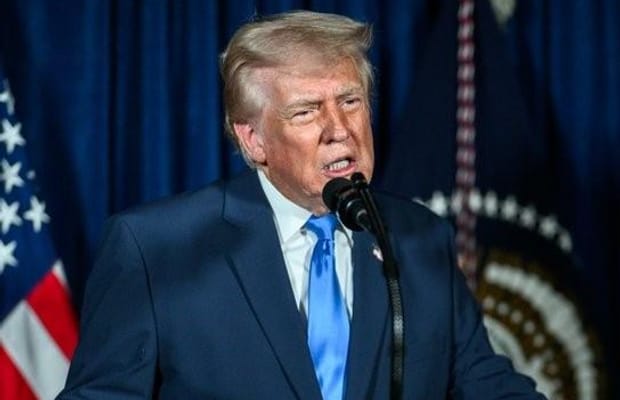


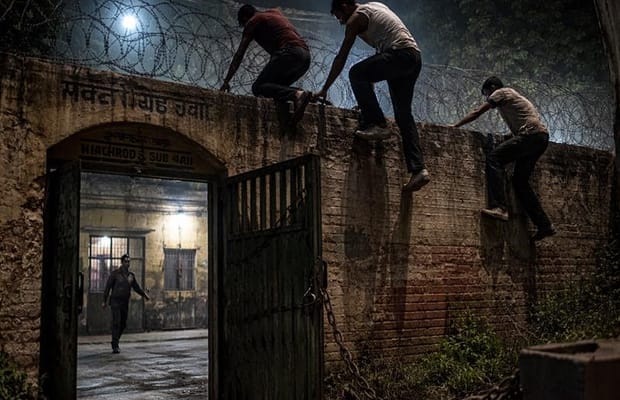



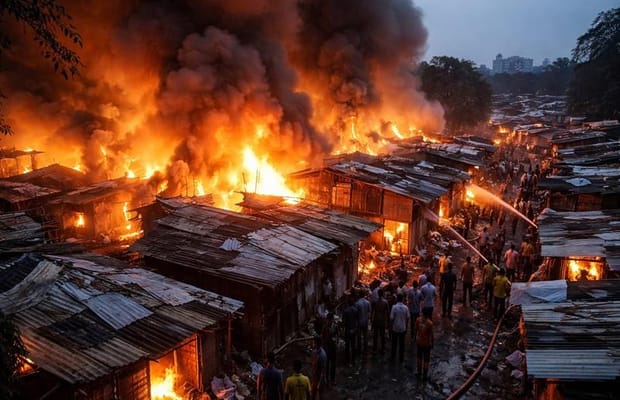
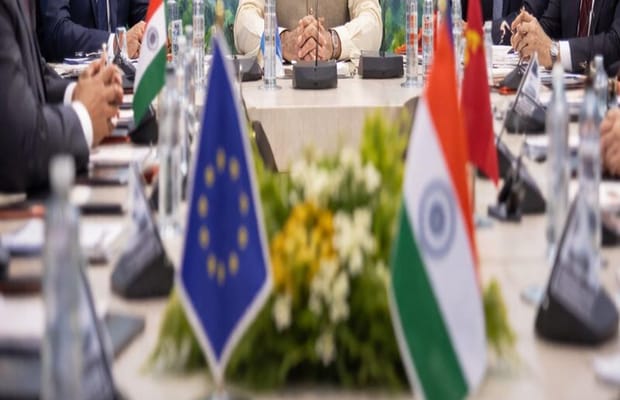
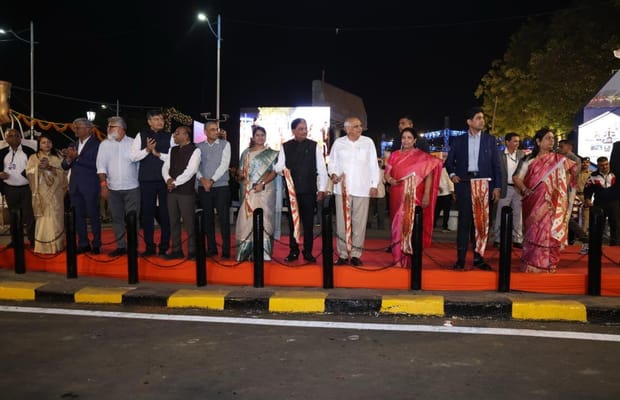
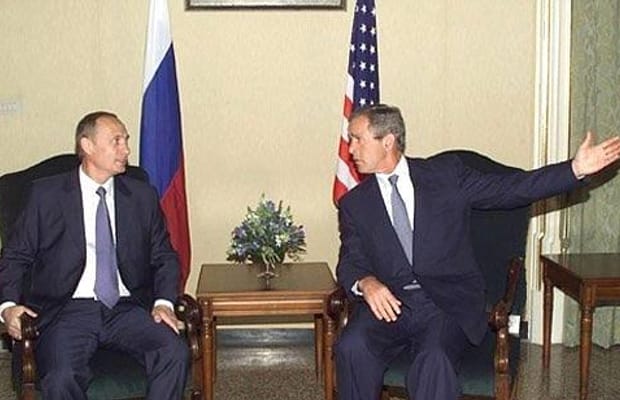
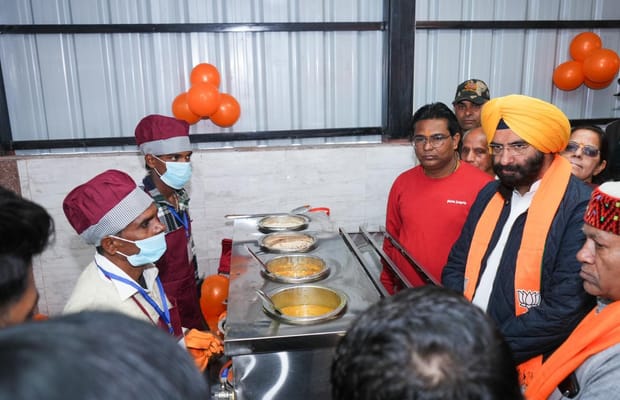

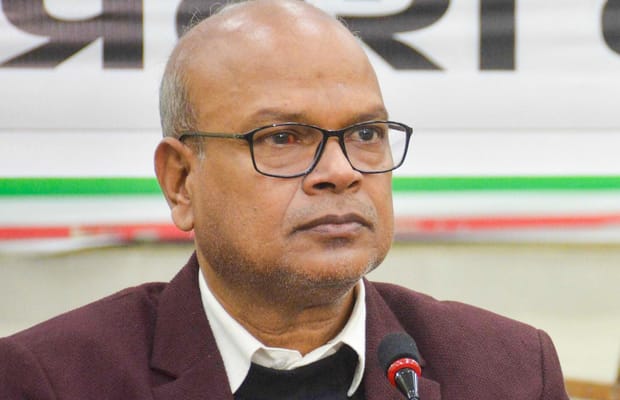
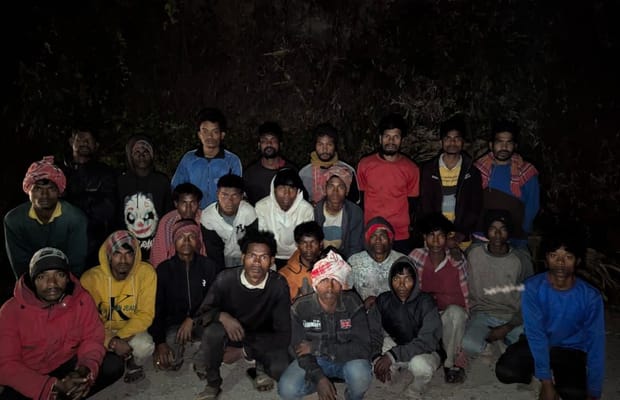
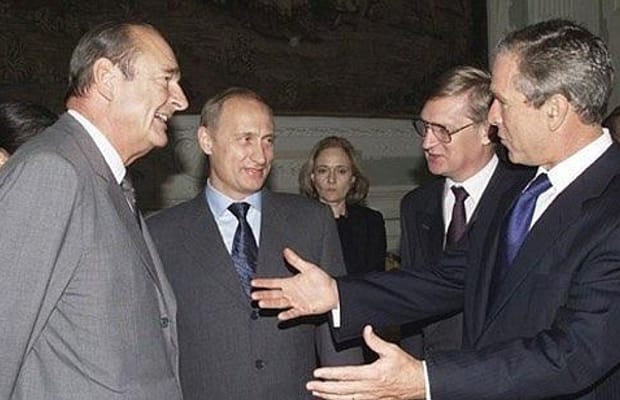
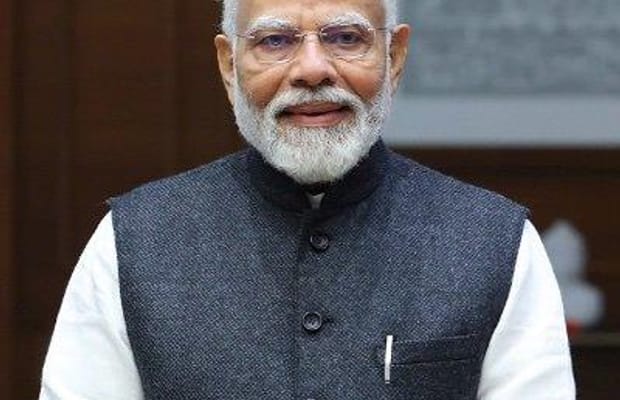
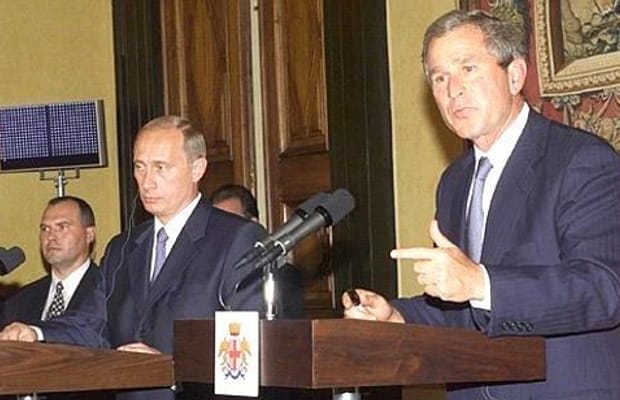
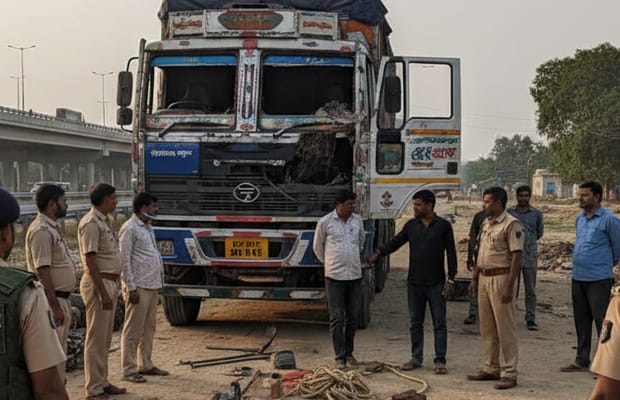
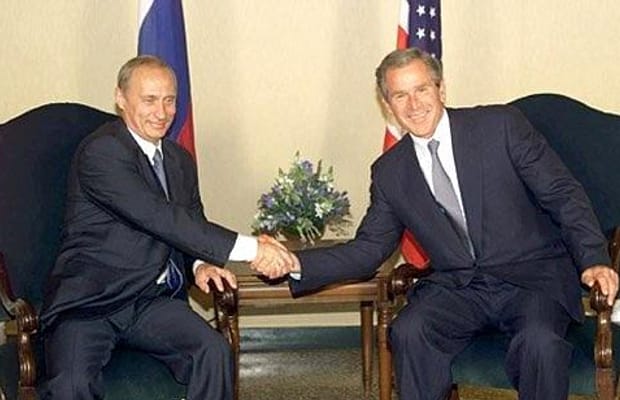
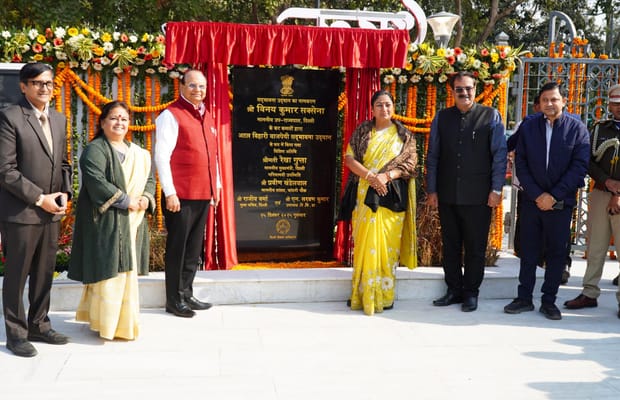


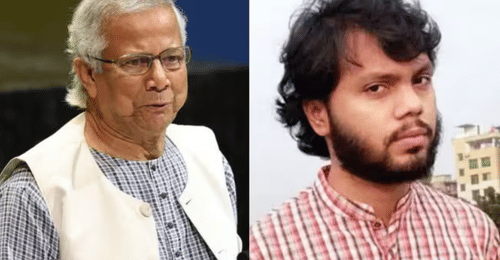

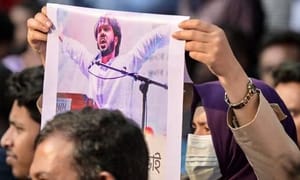


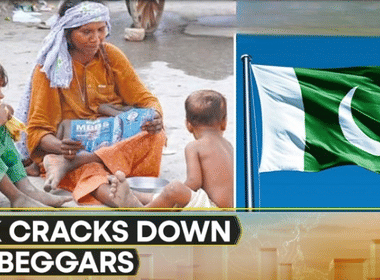






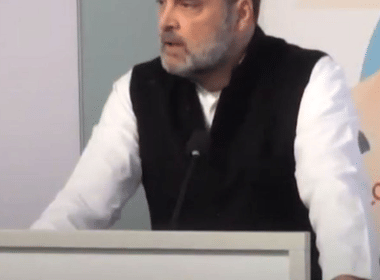





The Central Industrial Security Force (CISF) organized a study programme for 19 officers from the Nepal Armed Police Force (APF). As Nepal’s only paramilitary force, the APF is tasked with internal security, VIP protection, and the safeguarding of vital installations, according to the CISF. Nepal holds a special position as a priority partner under India’s ‘Neighbourhood First’ policy, and the relationship is reinforced through regular high-level exchanges. In August, Indian Foreign Secretary Vikram Misri met Nepal’s Chief of Army Staff, Suprabal Janasewashree Gen Ashok Raj Sigdel, at the Nepal Army headquarters in Kathmandu. During the ceremony, he handed over a set of defence and medical equipment, including Light Strike Vehicles, critical care medical equipment, and military animals, as part of India’s ongoing defence cooperation with Nepal.
The Indian Embassy highlighted that this transfer of equipment reflects the close ties between the two armies and underscores the long-standing trust and partnership that defines India-Nepal relations. Both countries maintain extensive and mutually beneficial defence and security cooperation, with their armies sharing a harmonious relationship built on trust and respect.
The Ministry of External Affairs also emphasized that the deep-rooted civilizational and cultural connections between India and Nepal are mirrored in strong people-to-people links. Initiatives such as these, including study programs, equipment transfers, and high-level visits, demonstrate India’s commitment to nurturing robust defence ties and maintaining strategic partnership with Nepal. This cooperation exemplifies the enduring friendship and collaborative spirit between the two nations, strengthening security, trust, and regional stability.
Disclaimer: This image is taken from CISF.

Italy’s antitrust authority (AGCM) has ordered Meta Platforms to suspend WhatsApp contractual terms that could block rival AI chatbots, amid an investigation into alleged abuse of a dominant market position. Meta described the decision as “fundamentally flawed,” citing that the influx of AI chatbots strains systems not designed to handle them, and confirmed it will appeal.
The AGCM stated that Meta’s practices could limit output, market access, or technical development in the AI chatbot sector, potentially harming consumers. The investigation, which began in July over WhatsApp’s suspected market dominance, was expanded in November to include updated business platform terms. The watchdog noted that the conditions effectively exclude competitors’ AI chatbots from WhatsApp.
This action aligns with broader EU regulatory efforts to rein in Big Tech’s influence, contrasting with comparatively lenient U.S. oversight. The European Commission is coordinating with the AGCM to ensure Meta’s conduct is addressed effectively. EU regulators also launched a parallel investigation into Meta last month. The move underscores Europe’s increasingly strict approach to tech regulation, which has faced pushback from U.S. companies and criticism from the Trump administration, as regulators aim to balance fostering innovation with preventing anti-competitive practices.
Disclaimer: This image is taken from Reuters.

U.S. President Donald Trump held a telephone conversation with Uzbek President Shavkat Mirziyoyev to discuss the launch of the US-Uzbekistan Business and Investment Council. During the call, Mirziyoyev referred to Trump as the “President of peace to the world,” a sentiment echoed by U.S. Ambassador to India and Special Envoy to South and Central Asia, Sergio Gor, who praised Trump’s leadership in resolving conflicts globally.
The discussion included warm greetings for the upcoming New Year holidays and focused on progress in joint agreements and projects, particularly the establishment of the US-Uzbekistan Business and Investment Council. Both leaders expressed their commitment to maintaining active engagement at all levels.
According to a statement from the U.S. Embassy in Uzbekistan, Ambassador Gor will serve as the U.S. co-chair of the council alongside Saida Mirziyoyeva, Head of the Presidential Administration of Uzbekistan. The council aims to advance U.S. economic interests in Central Asia, creating opportunities for American workers, innovators, and businesses. It will emphasize expanding bilateral investment and export opportunities, particularly in high-growth sectors such as IT and digital innovation.
The council’s formation highlights the Trump administration’s focus on strengthening U.S. economic leadership abroad and ensuring international partnerships provide tangible benefits for the American people. President Mirziyoyev had recently visited Washington from November 4-6 to participate in the C5+1 Summit. This telephonic engagement reflects the continued effort by both nations to deepen economic cooperation and strategic ties.
Disclaimer: This image is taken from @president_uz.

Jaisalmer is witnessing a surge in festive tourism this Christmas Eve, with hotels and desert tent resorts reporting near-full occupancy as both domestic and international travellers flock to the city. Capitalizing on the strong demand, hospitality establishments across the Golden City have gone all out with elaborate decorations, special menus, and entertainment programmes to mark the celebrations.
Hotels and resorts are adorned with colorful lights and Christmas-themed décor, including beautifully decorated Christmas trees. Culinary offerings have been tailored to global tastes, with chefs preparing a wide range of Chinese, Continental, Italian, Rajasthani, and other international cuisines. Guests can look forward to gala dinners, DJ nights, live orchestras, and folk performances as part of the evening’s festivities.
Several resorts in the Sam sand dunes are also hosting exclusive Christmas Eve parties, adding to the celebratory atmosphere. With a significant influx of foreign tourists, the city is buzzing with festive energy, and tourism stakeholders anticipate enthusiastic participation in in-house celebrations this year.
Rishabh Singh, General Manager of a three-star hotel in Jaisalmer, shared that the city’s tourism businesses have made elaborate preparations for Christmas Eve. “Various events have been planned, and arrangements are nearly complete. Guests can enjoy folk and Bollywood music and dance late into the night. The hotel has been decorated with attractive lights and Christmas trees,” he said.
Pratap, head chef at another three-star hotel, highlighted the special culinary preparations for the occasion. “Magnificent Christmas trees have been set up, and the lounge has been decorated specially for the celebrations. Our menu features an extensive selection of international and local dishes, along with special chocolates and elaborate Christmas cakes,” he said. With hotels fully booked and festivities in full swing, Jaisalmer’s tourism sector is enjoying a vibrant Christmas season, reaffirming the city’s reputation as a premier winter destination for travellers from around the world.
Disclaimer: This image is taken from ANI.



Max Rushden is joined by Barry Glendenning, Lars Sivertsen, and Philippe Auclair to discuss the major stories from European football as winter breaks get underway. Listeners can rate, review, and share the podcast on platforms such as Apple Podcasts, Soundcloud, Audioboom, Mixcloud, Acast, and Stitcher, or join the conversation via email. In today’s episode, Raúl Jiménez maintained his perfect penalty record to help Fulham secure all three points against Nottingham Forest at Craven Cottage, concluding the Premier League’s long weekend. The podcast also provides updates from Europe’s top leagues, including Xabi Alonso’s continued tenure at Real Madrid, the tight race at the top in Italy, and the surprising team leading Ligue 1 at Christmas—who isn’t PSG. Additionally, the hosts cover the latest from AFCON and answer listener questions. Support for The Guardian is welcome, and Football Weekly is also available on Instagram, TikTok, and YouTube.
Disclaimer: This podcast is taken from The Guardian

During the daily markets analysis segment on Open For Business, Andrea Heng and Hairianto Diman held a discussion with Homin Lee, Senior Macro Strategist at Lombard Odier. The conversation focused on current global market trends, macroeconomic developments, and investor sentiment, offering expert insights into how shifting economic conditions are influencing financial markets and shaping near-term outlooks.
Disclaimer: This podcast is taken from CNA.

Every Monday and Friday throughout December, we are republishing some of our most loved audio long reads of 2025 for those who may have missed them, each introduced by our editorial team to explain the choice. From September, this piece explores how rising sea levels are forcing much of the population to face the possibility that their homeland could disappear. The question remains where they will go. By Atul Dev. Narrated by Mikhail Sen.
Disclaimer: This podcast is taken from The Guardian.

In Made in SG, Melanie Oliveiro interviews Singaporeans working in the artificial intelligence space to explore how they are shaping and mentoring the next generation of AI-driven content creators. Jayce Tham, co-founder of media agency CreativesAtWork and generative AI content studio Dear.AI, shares how professionals in Singapore can use generative AI to enhance storytelling, content marketing, and production processes. Filmmaker, influencer, and Dear.AI Creative Director Jaze Phua discusses how AI fuels creative expression, enabling content creators to blend humour, narrative, and pop culture to produce highly shareable, viral content.
Disclaimer: This Podcast is taken from CNA.


